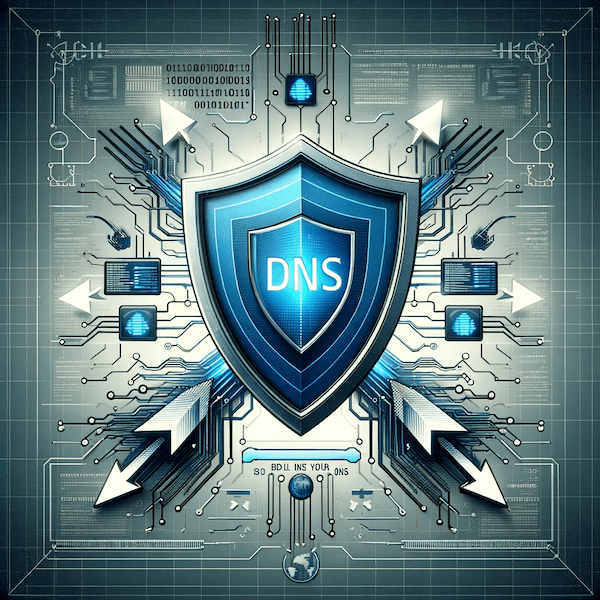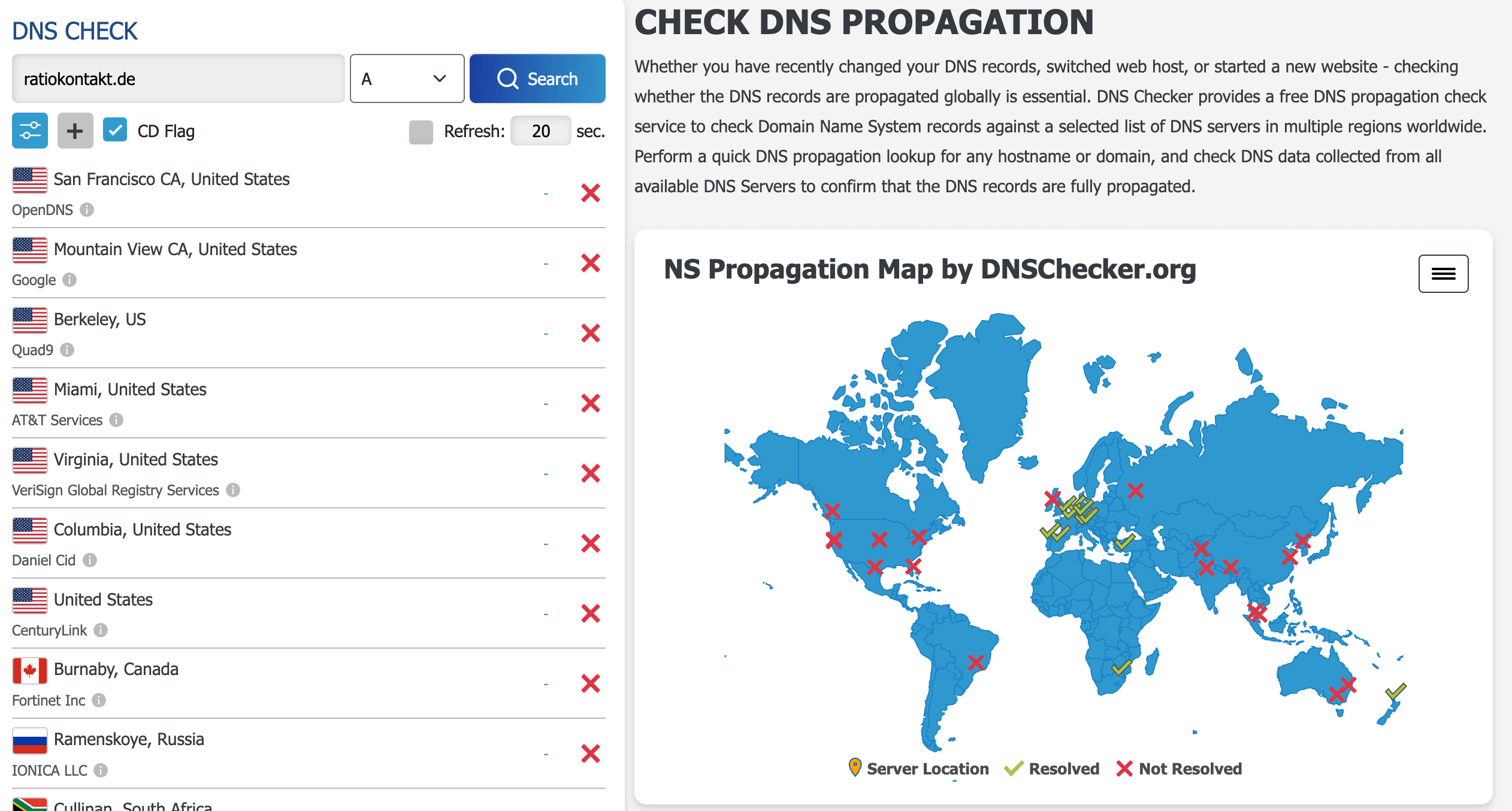Table of Content

Introduction
In the digital age, Distributed Denial of Service (DDoS) attacks targeting Domain Name System (DNS) are not just mere nuisances but potentially catastrophic events that can paralyze online operations. As a CEO at CimpleO, a company specializing in high-end software development, including web and mobile apps, the importance of safeguarding your digital infrastructure cannot be overstated. This blog post aims to elucidate essential strategies to fortify your website against DNS DDoS attacks, emphasizing the implementation of a backup DNS and the segregation of services from your registrar and hosting provider.
Recent Incident: The RatioKontakt Attack
The attack on RatioKontakt, a leading web services firm, exemplifies the sophistication of modern DNS DDoS attacks. Cybercriminals orchestrated a multi-vector attack that not only targeted the company’s DNS infrastructure but also exploited specific vulnerabilities, leading to widespread service disruption. This incident underscores the evolving nature of cyber threats, where attackers continuously refine their strategies to exploit new vulnerabilities.

Understanding DNS DDoS Attacks
Before diving into prevention strategies, it’s crucial to grasp what DNS DDoS attacks entail. These attacks inundate a DNS server with an overwhelming amount of traffic, impeding legitimate requests from being processed. This results in a website becoming unreachable, leading to significant downtime and potential revenue loss.
The Significance of a Backup DNS
A pivotal step in fortifying your digital presence is implementing a backup DNS. This approach involves setting up secondary DNS servers, distinct from your primary DNS provider. In the event of an attack, these servers act as a fail-safe, ensuring that your website remains accessible by rerouting traffic.
Decoupling DNS from Registrar and Hosting Services
Many businesses often overlook the importance of separating their DNS services from their domain registrar and hosting provider. By decoupling these services, you create an additional layer of security. This separation means that even if your hosting provider is compromised or experiencing issues, your DNS can continue to function independently, keeping your website operational.
Swift DNS or Server IP Switching During an Attack
In the thick of a DNS DDoS attack, the ability to swiftly switch your DNS or server IP can be a game-changer. This flexibility allows you to navigate around the attack, minimizing downtime. It’s advisable to have pre-configured settings and a clear action plan to execute this switch effectively.
Regularly Update and Monitor DNS Settings
Maintaining an updated and secure DNS configuration is non-negotiable. Regular audits and monitoring of your DNS settings can preempt vulnerabilities and ensure that you are always a step ahead of potential attackers.
Employing DNS Security Extensions (DNSSEC)
DNSSEC adds a layer of security by validating the authenticity of the response from the DNS server. This verification process helps in thwarting attacks aimed at manipulating DNS information.
Conclusion
The realm of DNS DDoS attacks is fraught with challenges, but with meticulous planning and strategic implementation of backup DNS systems, along with the segregation of services, businesses can significantly mitigate risks. Staying vigilant and proactive is key to ensuring that your digital infrastructure remains robust and resilient against such threats.
Call to Action
Stay ahead in the game of digital security. Implement these strategies to shield your business from DNS DDoS attacks and ensure uninterrupted online operations. For more insights and advanced solutions in web and mobile app development, connect with us at CimpleO.
